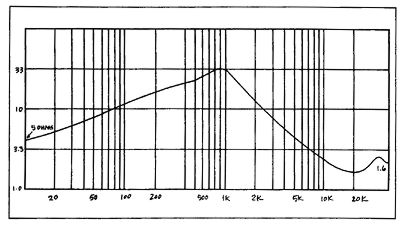Sorry to resurrect an old thread, but this topic is one I’ve been pretty intimate with for the past decade or so.
I have a set of MartinLogan’s that I’ve worked on over the years. See
my site for details.
Regarding amplification challenges, yes, these definitely present huge challenges. But there are SS amps that deal with them just fine.
The key seems to be to use designs that flow enough current into the wildly swinging impedances AND that gracefully handle the back-EMF these speakers can generate.
Specifically, in speakers where the factory crossovers have been stripped out and the panel is run directly coupled to the amp, like I do with my Monoliths and
custom center channel, the amp loading is pretty severe.
I’ve found that the Sunfire class-G amps are able to handle the punishment and drive these speakers cleanly to astounding SPL levels with minimal THD. The Sunfire design is able to produce the current flow into low impedances needed to drive the ESL effectively.
Using an active-crossover and full bi-amping, each panel gets 800w/4ohms of juice, and when the >10Khz dip down to 2ohms occurs, the amp is pulling massive amperage from the powerline to generate close to 1,600w
I’d also recommend looking into the sanders Sound System amps, and reading Roger Sanders great posts on this topic of
amplification in this thread.
Bottom line is that SS can do ESL justice, you just need to use the right designs.





















